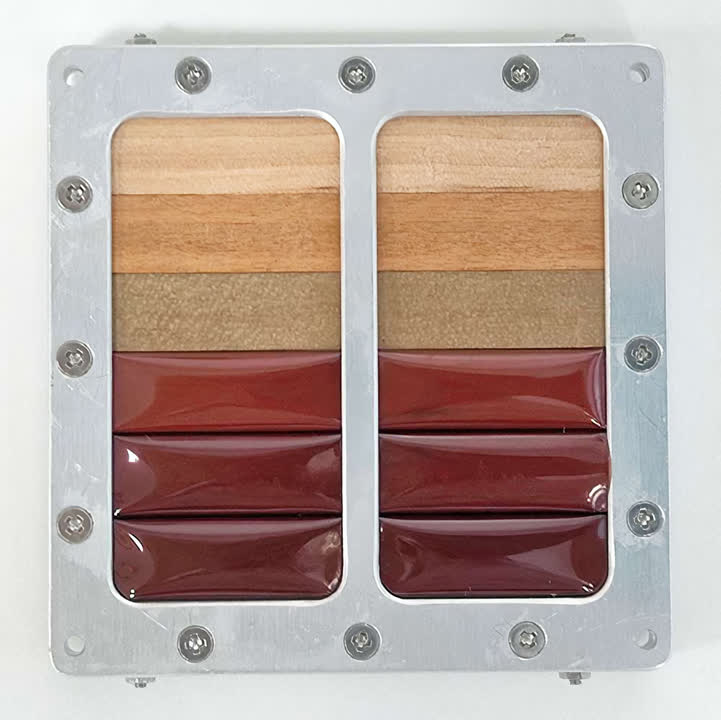©2021 Reporters Post24. All Rights Reserved.
Researchers from Kyoto University in Japan have determined that wood from magnolia trees could be the ideal construction material for a satellite due to launch into space next year. Test results from a recent experiment aboard the International Space Station among three wood specimens revealed magnolia to be the most versatile. The samples, which were exposed to the harsh conditions of space for 10 months, returned to Earth this past January.
Analysis showed magnolia experienced no decomposition or damage like cracking, peeling, or warping. Furthermore, there was no change in the mass of the wood samples before and after their exposure in space.

Wood might not seem like the best choice for a space-bound satellite, but it does have some unique advantage.
It is far easier and less expensive to produce than metal alloys traditionally used to build satellites. What’s more, wood is more environmentally friendly, light weight, flexible, and would no doubt burn up completely during reentry in Earth’s atmosphere, minimizing the risk associated with decommissioning a satellite. Existing satellites that aren’t expected to burn up completely in the atmosphere are brought back to Earth over remote sections of the ocean.
A wood satellite wouldn’t fully eliminate all risks, however, as its internal components would still be made of traditional materials that might not burn up as easily.
Related reading: Scientists create wood transistor that runs at about 1Hz
Kyoto University partnered with Sumitomo Forestry in 2020 on the LignoStella Space Wood Project, with the goal of eventually launching a wooden satellite into space. Simulated tests here on Earth suggested wood might bode well in space as it is able to withstand a wide range of temperatures and held up in near-vacuum conditions.
According to Phys.org, the group’s wooden satellite will be launched jointly by NASA and the Japanese Aerospace Exploration Agency (JAXA) in 2024. An entry on Nanosats Database notes the satellite will perform amateur radio operations and help educate students about the characteristics of the satellite.


